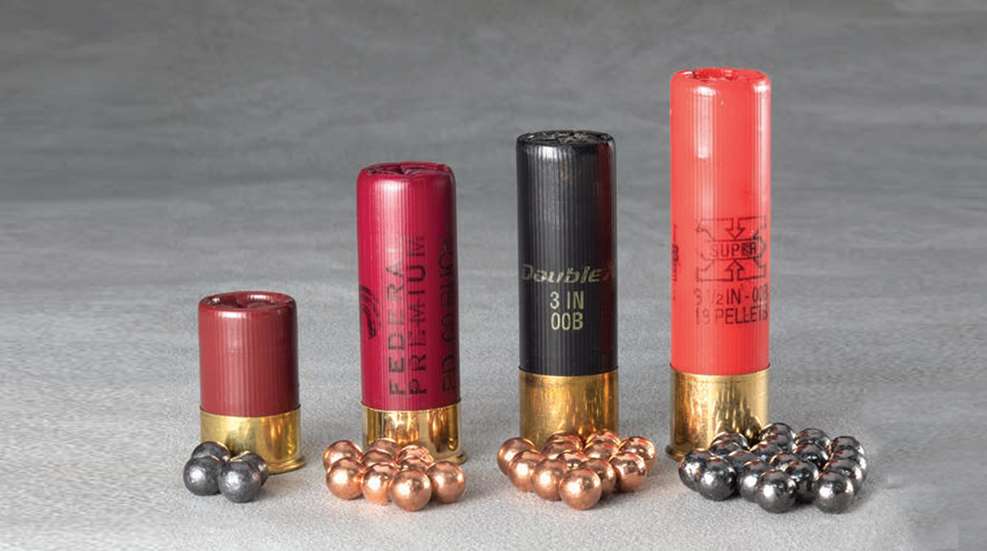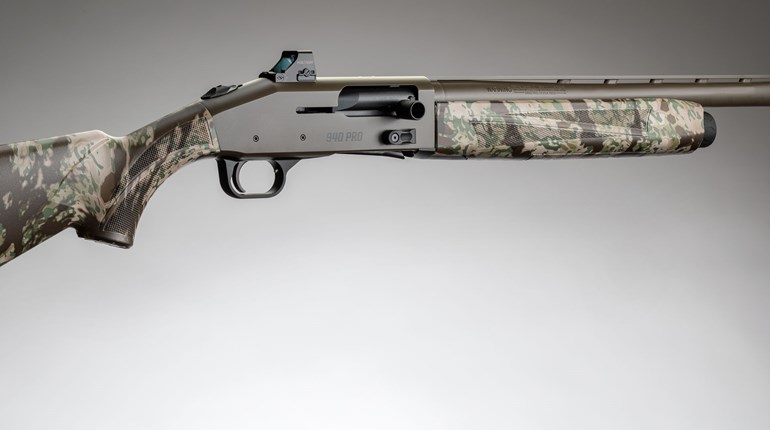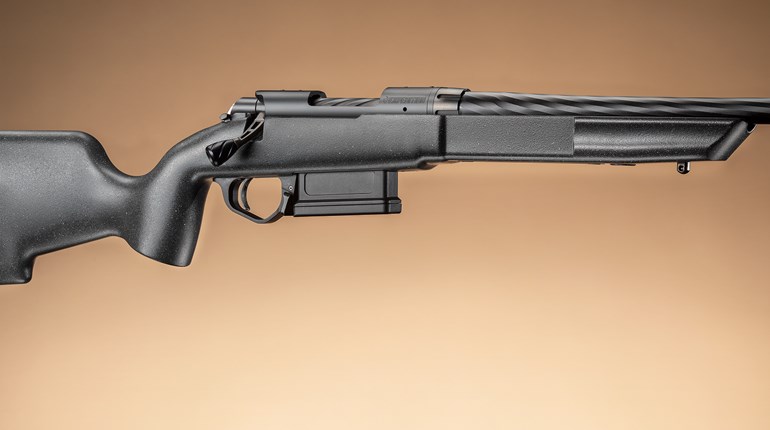
All of the above shells contain some variation of 12-gauge, 00 buckshot, but they are quite different from each other in terms of payload and power.
It amuses me when the same person who scrutinizes their handgun and rifle loads as if picking a racehorse for a $1-million bet simply says “Ah, just gimme some 00 buck,” when it comes to shells for their defensive shotgun. Maybe they know something I don’t, but the fact is, 00 buck isn’t all made the same. Let’s explore.
In the world of 00 buckshot, there are four-, eight-, nine-, 12-, 15- and 18-pellet loads, buffered shot, copper-plated shot, reduced-recoil loads, advanced wads, high-velocity loads and shells of various lengths from 1 3/4, 2 3/4, 3 to 3.5 inches. So how do you pick? First, you should assess who you are (can you handle more recoil?), what type of gun you shoot and what load is most suitable for your most likely defensive scenario.
As a baseline for comparison, what I refer to as “the standard 00 buckshot load for defense” is a 2 3/4-inch, nine-pellet load (1.21-ounce payload) that’s fired at approximately 1,200 fps to produce 1,690 ft.-lbs. of muzzle energy (ME) and 30 ft.-lbs. of free-recoil energy. (For comparison, a .243 Win. rifle produces about 1,850 ft.-lbs. of ME, but only produces about a third the recoil at 10 ft.-lbs. A .300 Win. Mag. produces about 30 ft.-lbs. of recoil energy). Anything less than this standard in terms of muzzle and recoil energy is considered a sub-power, “tactical” or low-recoil, while anything above it is considered magnum, high-velocity or a premium 00 buck hunting load.
For starters, if you plan on using 00 buck inside your home and your home isn’t an airy castle with 60-yard corridors and football-field-size living spaces, you can probably eliminate the wicked but impractical 3.5-inch magnum 15- and 18-pellet loads. They were created for big-game hunters who need all the downrange energy a 12-gauge shotshell can muster when a long 30- to 60-yard shot is the rule rather than the exception. Sure, these shells would be absolutely devastating on a bad guy, but they come with three main costs—not to mention that most modern defensive shotguns are not chambered for 3.5-inch shells. The first is recoil: Remington’s Express Magnum 3.5-inch load produces 72 ft.-lbs. of free recoil from an 8-pound gun. That’s about 20 ft.-lbs. more free recoil than a .458 Win. Mag. This is sufficient recoil to cause injury. The second is magazine space. For about every four of these shells, the shooter would give up mag space for another 2 3/4-inch shell. Lastly, these shells cost as much as $5 per round.
On the other extreme end of the spectrum is Aguila’s four-pellet MiniShell that, at 1,200 fps, produces a measly 262 ft.-lbs. of ME—but also only 7.5 ft.-lbs. of recoil. Although Mossberg now makes a Shockwave that will function with these cute 1 3/4-inch loads, they can hardly be considered more than a novelty when it comes to home defense. They will work, but there are better choices out there that will work in a greater number of shotguns. However, up the practicality chain resides a host of reduced-recoil 00-buck loads.
Because recoil consists of three main factors including payload weight, payload velocity and gun weight, manufacturers lower the recoil produced by their shells in three easy ways: 1) They decrease the payload weight—hence the eight-pellet loads; 2) They reduce the velocity of the payload or 3) They reduce both the payload weight and its velocity.
For example, Federal’s Power-Shok nine-pellet load is fired at 1,140 fps to produce a .308 Win.-like recoil level of 17 ft.-lbs. Its two downsides? If you feel less energy on your shoulder, your target will also feel less energy downrange. This load produces 1,360 ft.-lbs. of ME—comparable to a .223 Rem. with a heavy bullet. Secondly, and a serious issue for those who prefer semi-automatic shotguns, the decrease in power also means the loads may not cycle semi-auto actions consistently. While plenty of experts and law enforcement agencies use these loads to great effect in their pump-action scatterguns, I believe they are perhaps best utilized as practice loads.
Somewhere between these two extremes are the standard 00-buck loads mentioned above, and magnum or high-velocity hunting loads that often feature copper-plated pellets buffered by plastic media. Both of these cost-increasing features are intended to reduce each individual pellet’s probability of becoming deformed when the pellets smash together as they fit through the shotgun’s choke. That’s because perfectly round pellets fly in a more predictable fashion, and this leads to more uniform patterns when you start reaching 30 yards or farther downrange.
A good example of such a load is Winchester’s Double X High Velocity 3-inch 00 buck. Its 12 pellets fired at 1,425 fps produce 3,295 ft.-lbs. of ME (twice the energy of the standard 00-buck load). Its downsides? Such loads typically don’t spread as much at close range, they produce massive felt recoil (55 ft.-lbs.) and they’re expensive. However, when you really need to stop something, there is no denying such a load’s devastating downrange energy. I recommend these loads for non-recoil sensitive people who live in the country, where defending against a bear—or any longer shot outside—is a possibility.
For just about everyone else, the standard, nine-pellet 00-buckshot load that’s inexpensive, powerful and proven in all 12-gauge shotguns remains tough to beat—and still (relatively) easy to find on shelves. No doubt this is what plenty of shotgun guys have known all along.




































